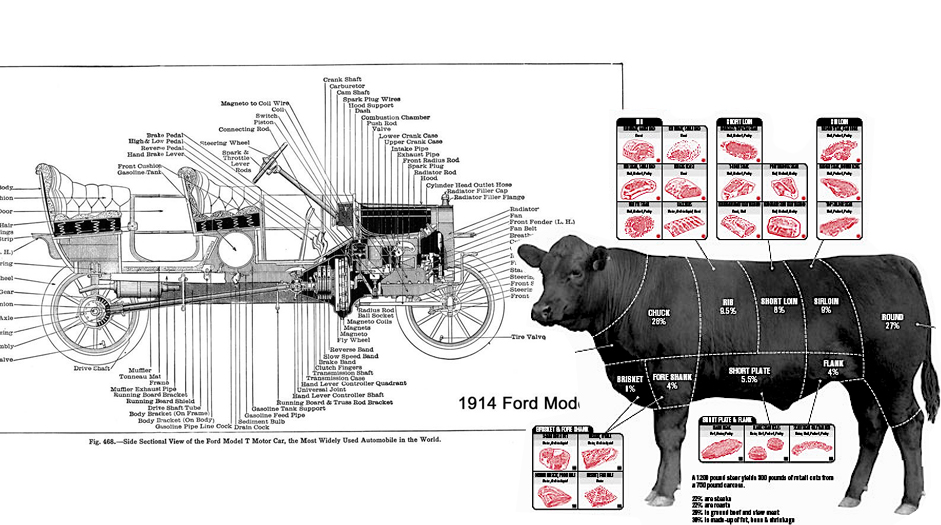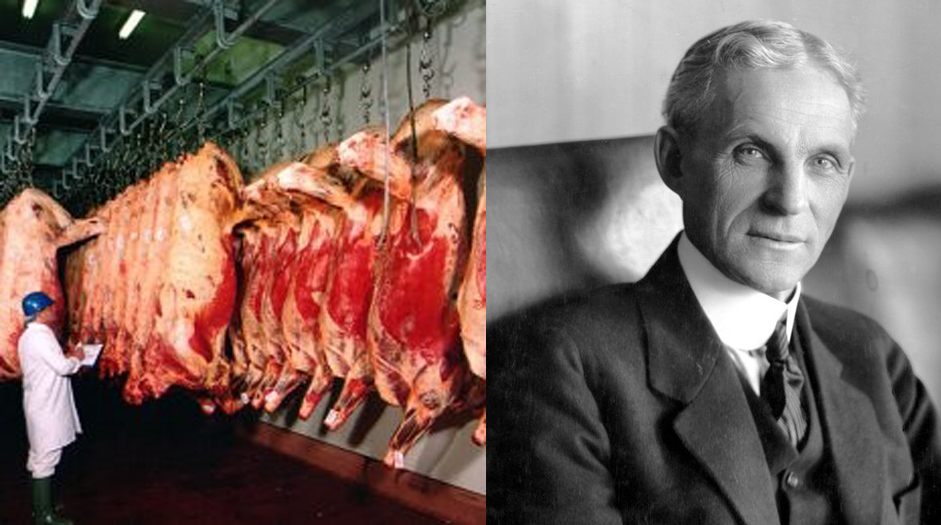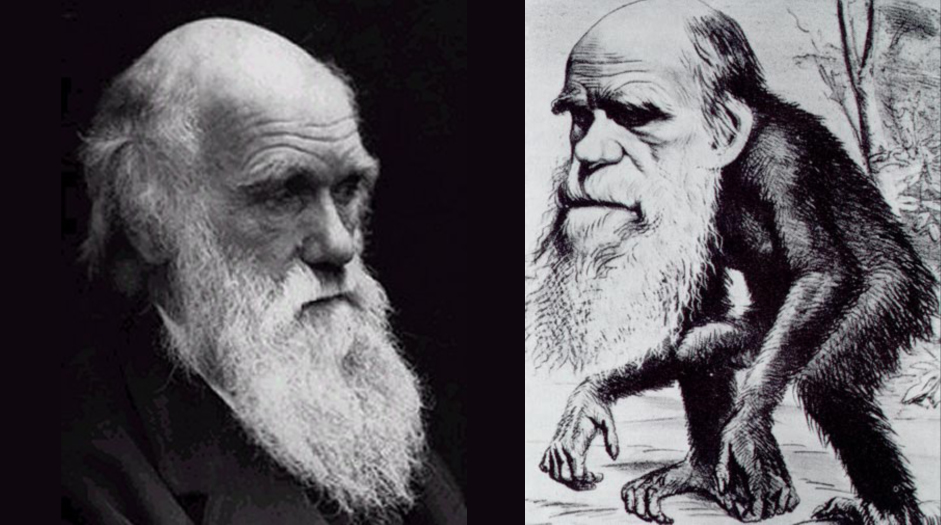Creativity often starts with asking what’s so obvious about something you’ve stopped noticing it. Just getting clear about the bleeding obvious is an amazingly refreshing exercise.
Here’s Michael McIntyre on the obvious things in the world, looking at things like eye glasses with fresh un american eyes. Enjoy.
 Henry Ford famously used the paradigm of meat packing to find a better way of building a car. Essentially it inverted the notion that mechanics walked around a single car, gradually constructing it over a period of months. Under Ford’s system, it was the converse; cars proceeded like cow carcasses from one specialised process to the next. Where cows were disassembled, cars were being assembled. By seeing a car as a relatively low value object he could transform its production, and produce the world’s first high volume automobile.
Henry Ford famously used the paradigm of meat packing to find a better way of building a car. Essentially it inverted the notion that mechanics walked around a single car, gradually constructing it over a period of months. Under Ford’s system, it was the converse; cars proceeded like cow carcasses from one specialised process to the next. Where cows were disassembled, cars were being assembled. By seeing a car as a relatively low value object he could transform its production, and produce the world’s first high volume automobile.





